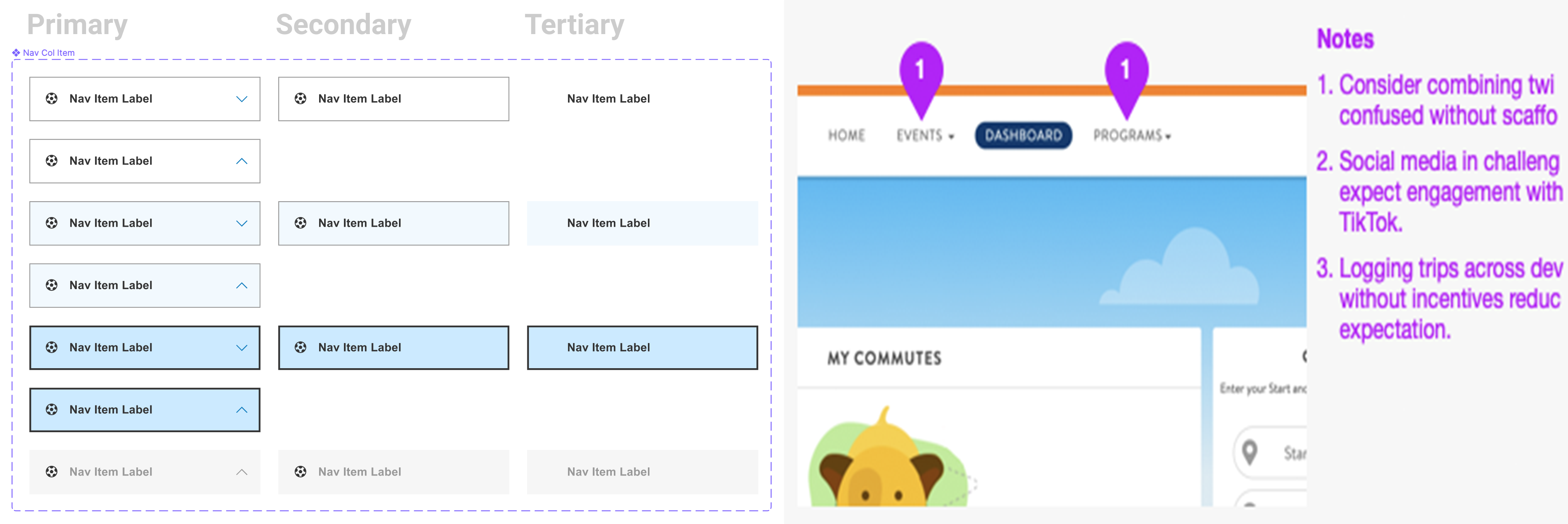|
Steps
- Assemble Team: Working across organizational divisions, I created a team of prominent UX designers. I registered the group as a UX community of practice, which enabled sponsorship from both central IT as well as human resources. This allowed us to dedicate a portion of our time to working with the project teams of our choice.
- Address Trepidation: To overcome trepidation, we encouraged project teams to chose from a list of usability issues that they were facing, and might be able to address.
- Assign UX: For each project team, a UX practitioner or two was assigned. The UX practitioner(s) then worked with that project team for several months to learn about their specific usability challenges, and their capacity to address them.
- Determine Methodology: The UX practitioner(s) then choose methodologies to assess the usability issues. For some projects, a simple heuristic analysis was sufficient. For others, generative research, contextual interviews, structured usability studies, etc. were a better fit.
- Compile Findings: The UX practitioner(s) next produced findings and recommendations, which were not shared outside of the community of practice.
- Conduct Workshop: Once all UX practitioners were ready, a usability workshop was held. Some describe it as "Queer Eye" without the drama. At the workshop, many witnessing project teams gathered to hear the UX suggestions given to each participating project teams. Participating team members were free to ask questions and discuss the suggestions. For each project, the floor was also open to witnessing project teams. This was a secondary benefit to the event, in that it allowed members from different teams to interact in an ancillary setting.
|
|
Findings
- Track Record: The recognition of UX value comes from a local track record, a shared vocabulary and an understanding of common problems faced by project teams.
- Matrixed UX: A matrixed distribution model for UX resources can improve usability. Consider holding cross-division usability events annually or semi-annually.
- Job Satisfaction: Job satisfaction can increase when UX practitioners are given agency over their project assignments.
- Professional Development: A low-threshold, immersive context for motivated, aspiring UX practitioners can result in low-cost, high-yield professional development and consequent institutional benefit.
- Pandemic Factors: The first usability workshop was held in-person, and about 30 people attended. After more than a year of pandemic restrictions, attendance at the third workshop quadrupled.
|
|
Outcomes
|
|
Reflection
- Increasing UX capacity: Skill, experience, initiative and perseverance are essential to good UX practice in a technical context.
|
|
Bits
- Organization: University of California (10 campuses, Office of the President, 3 national labs)
- Project Type: UX improvement and professional development
- Methodologies: Community organizing
- Prototyping: Figma
|



